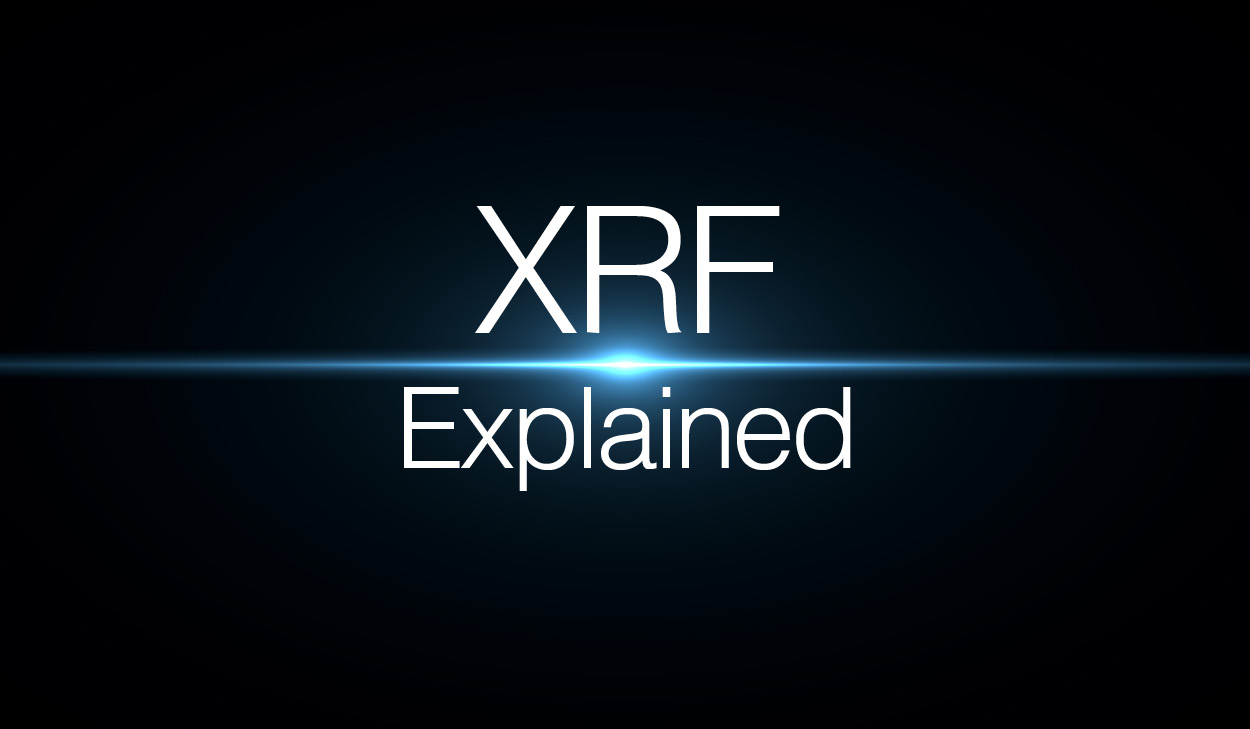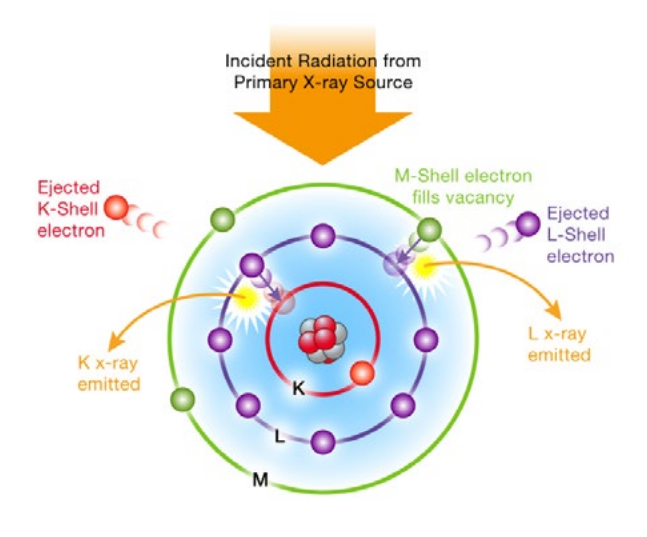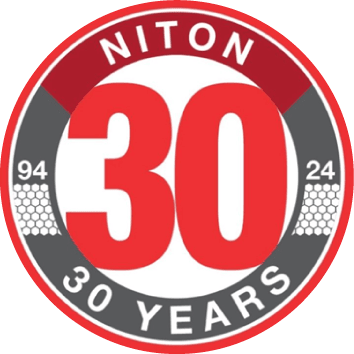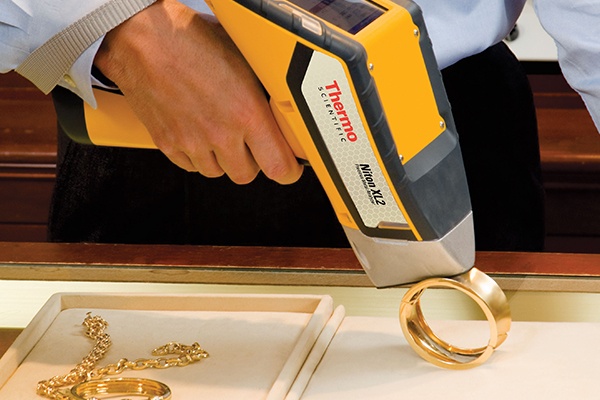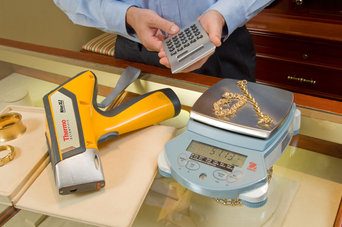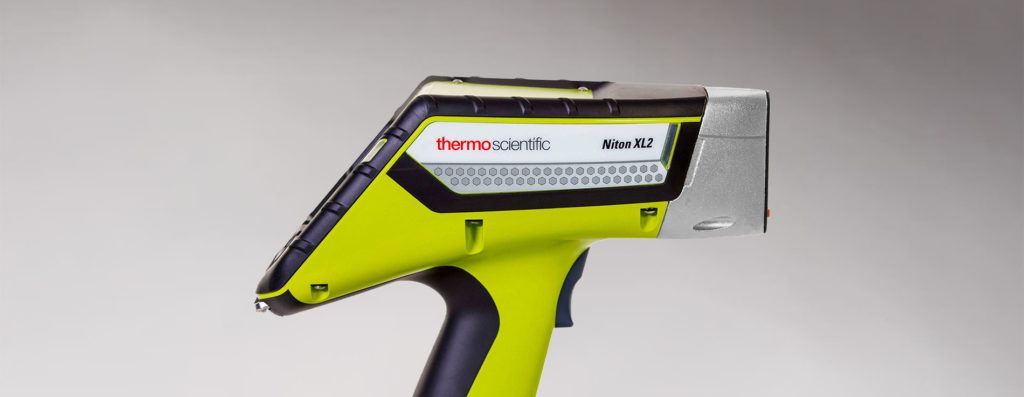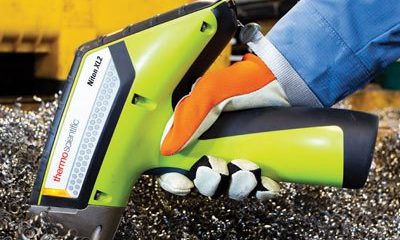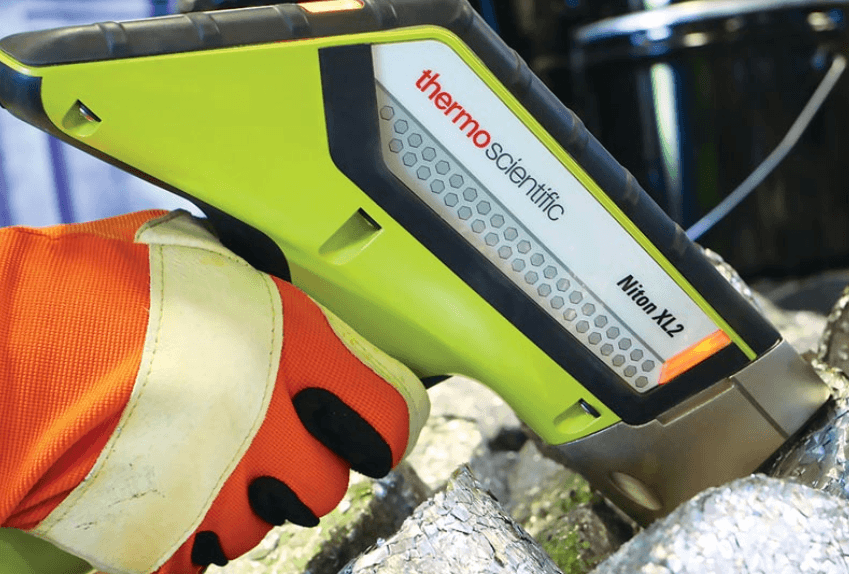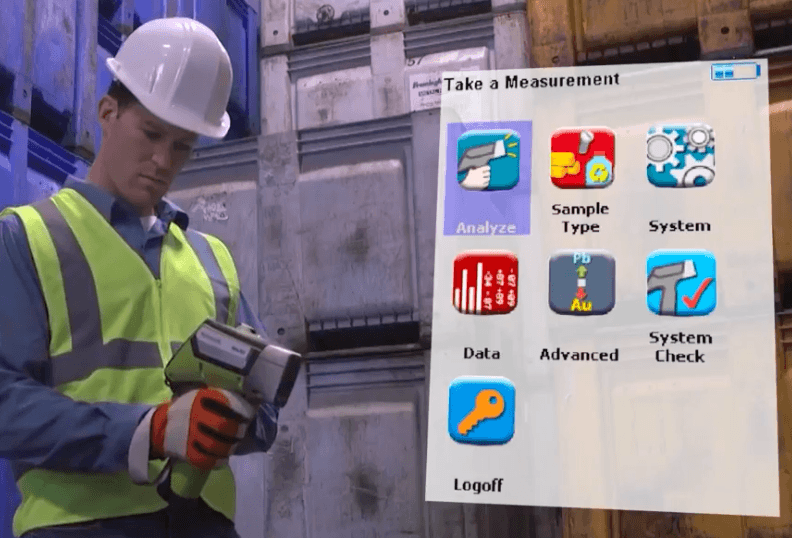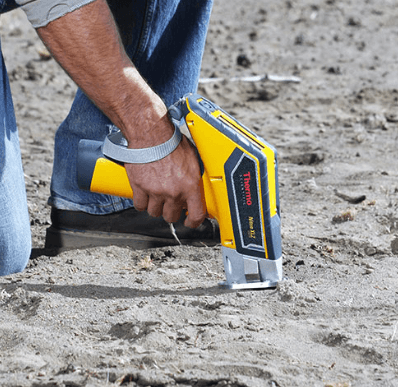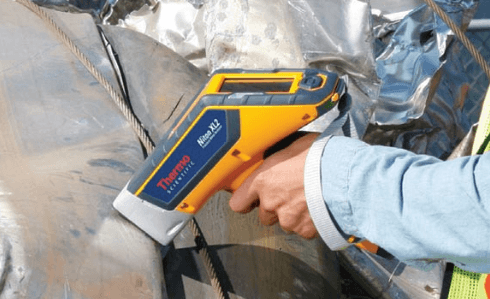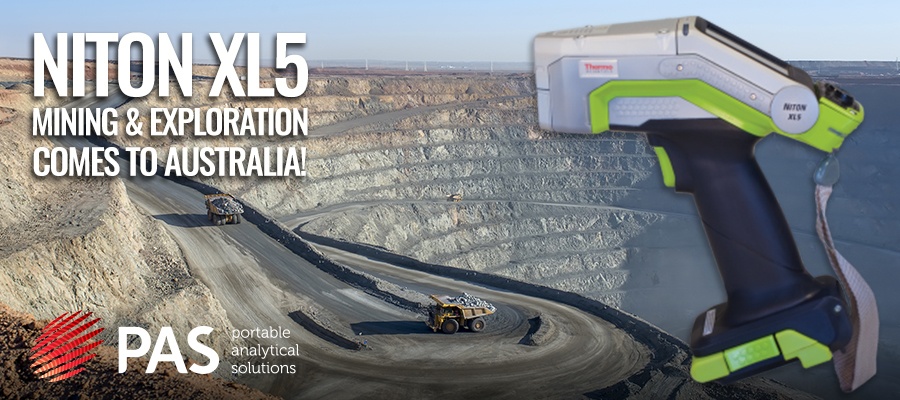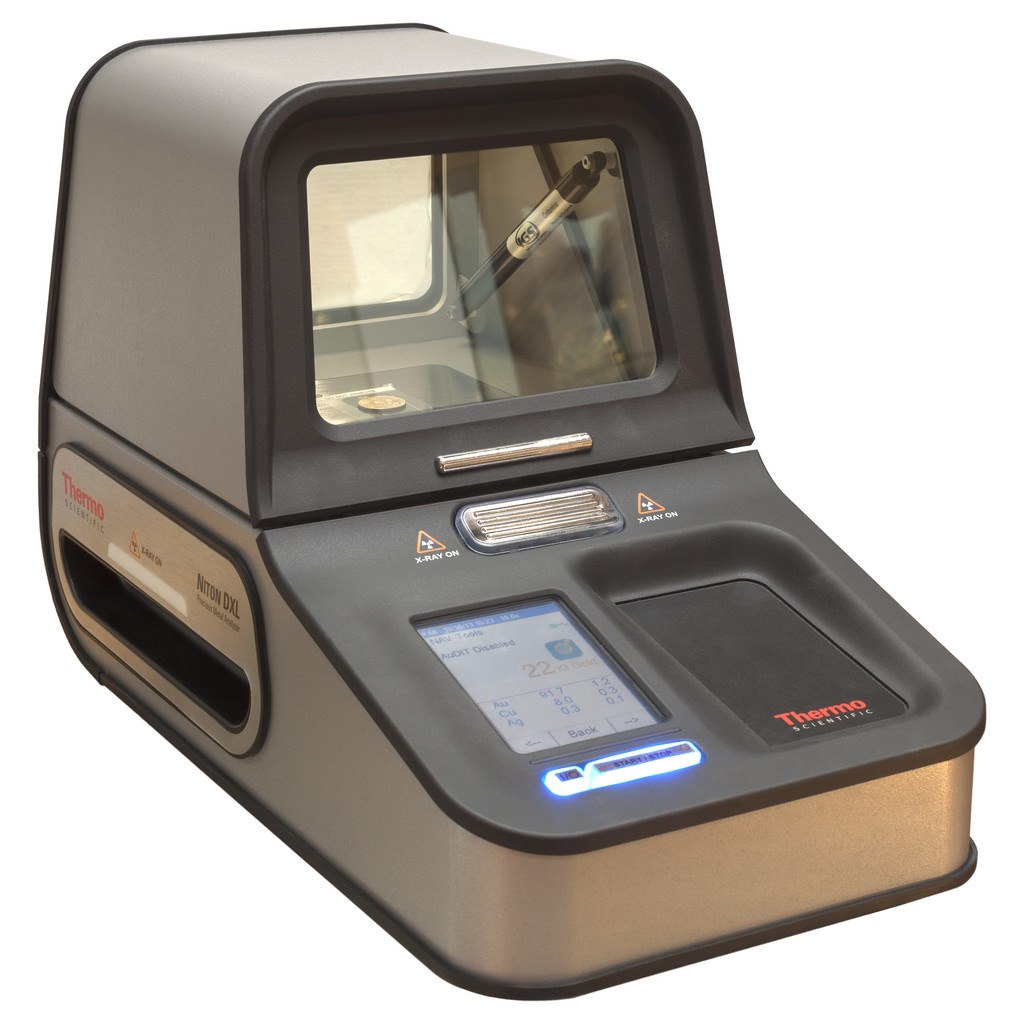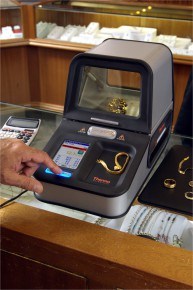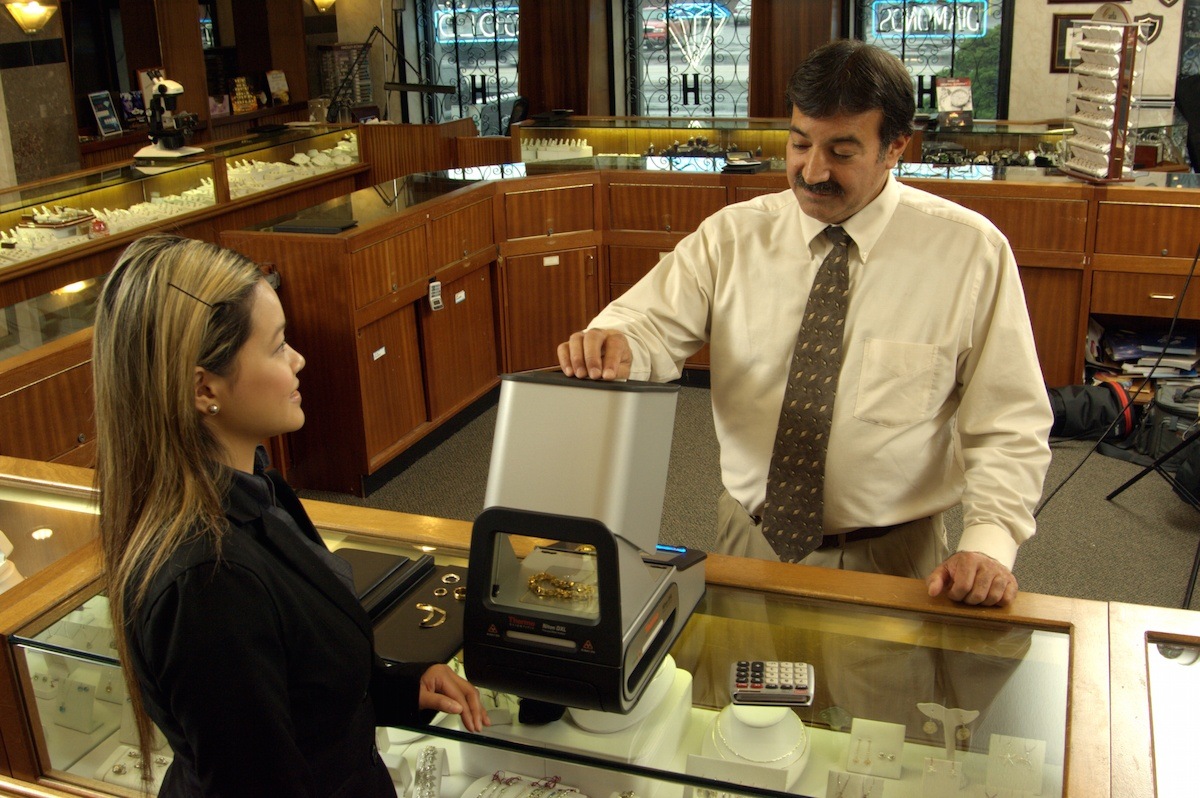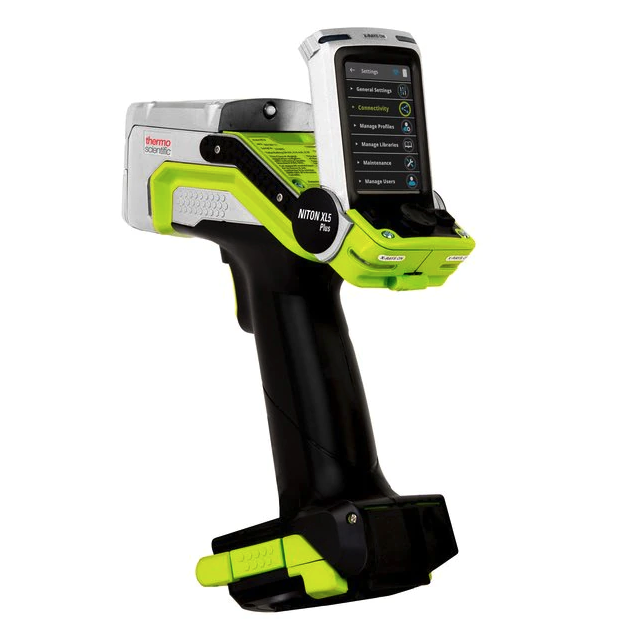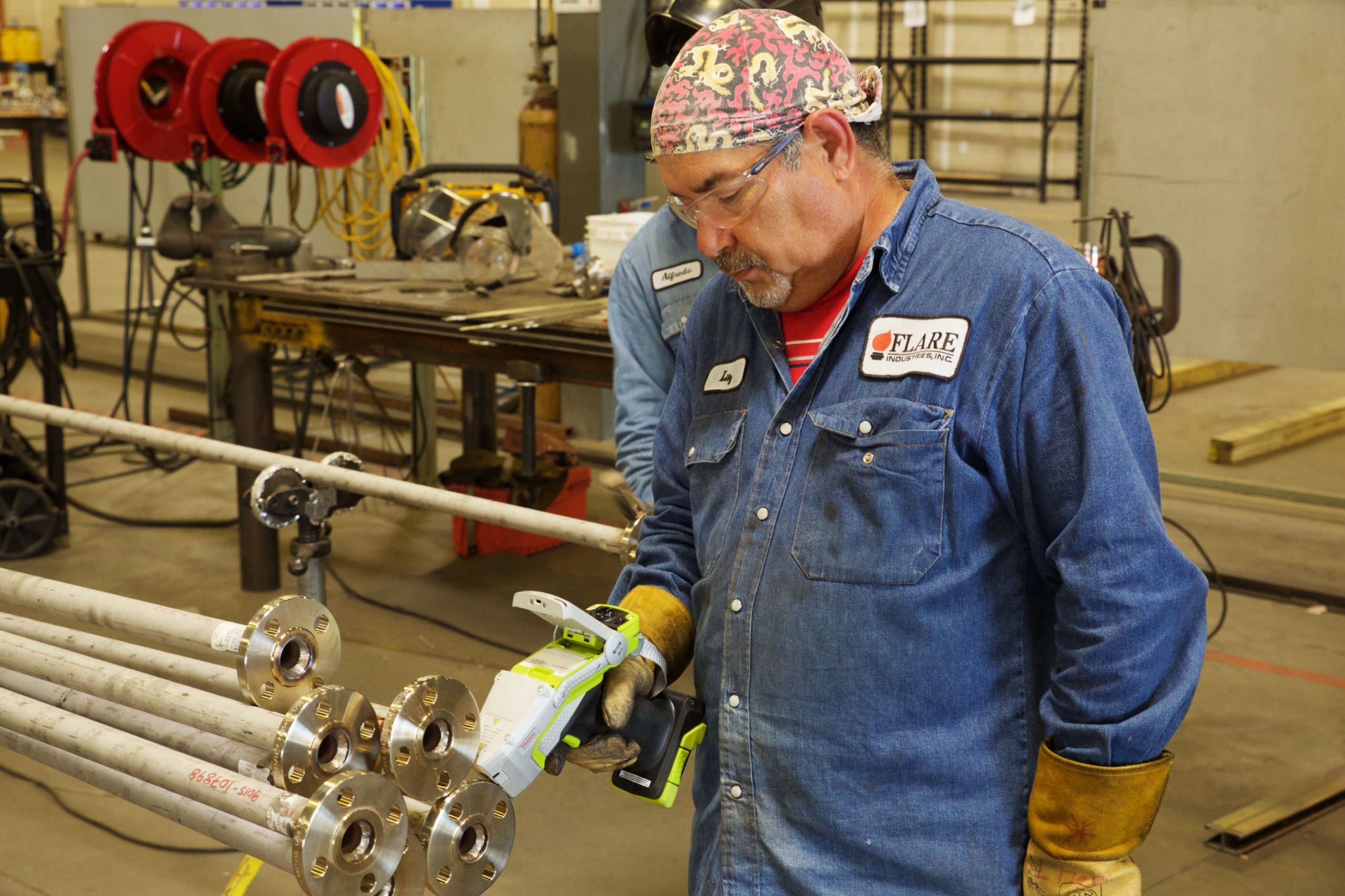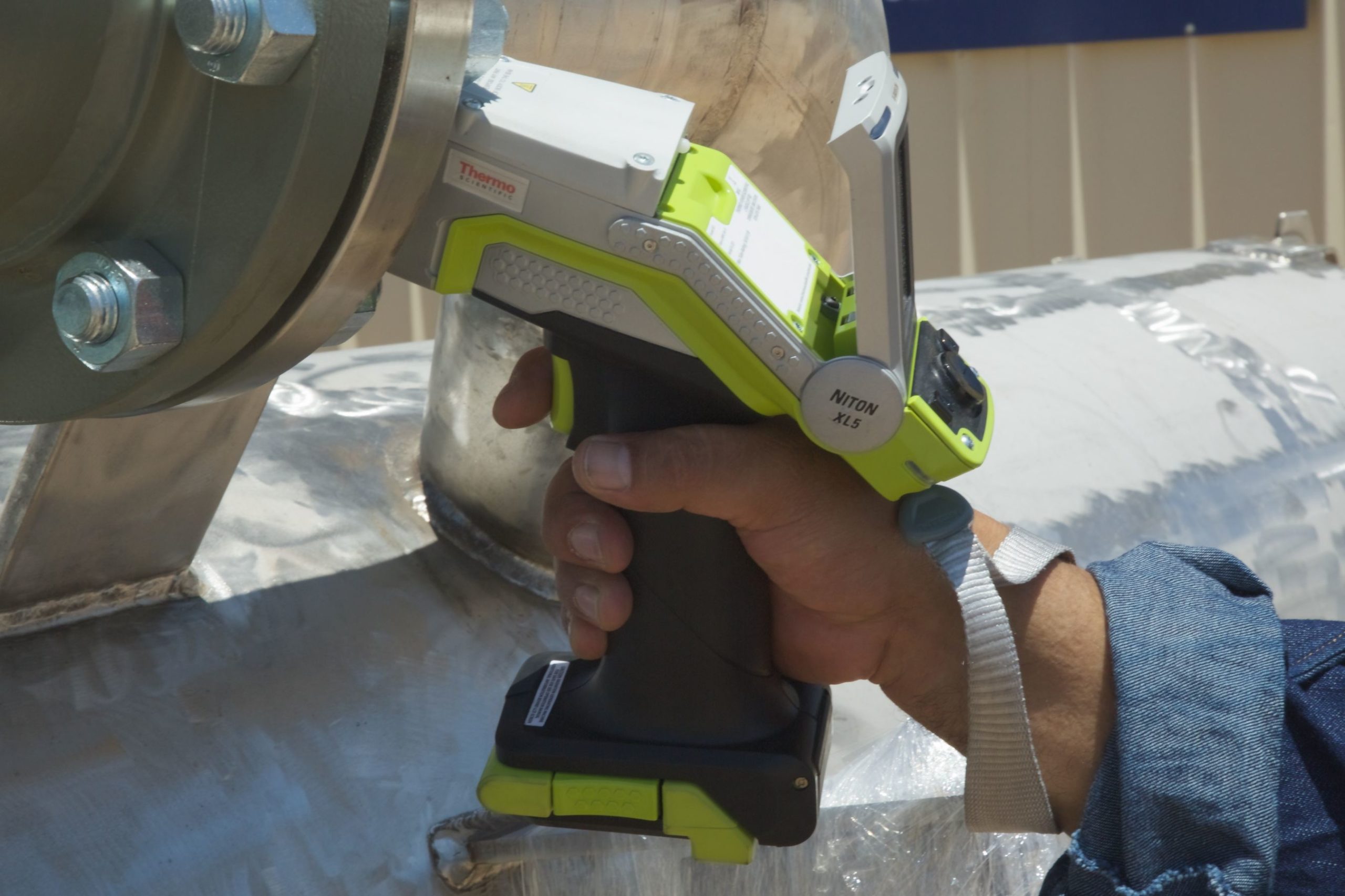Guide to PXRF Instruments
Portable Analytical Solutions
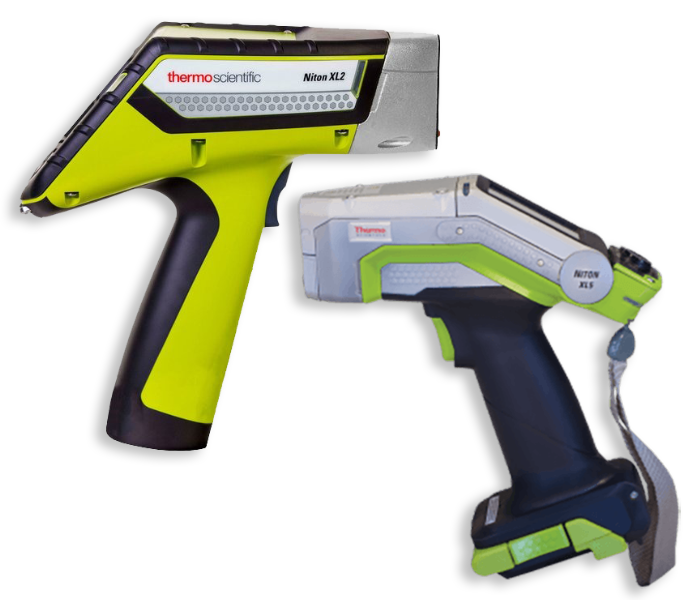
After you’ve identified that a Portable XRF (PXRF) instrument will suit your analysing needs, the next question is which instrument will suit your needs best.
This article outlines the details of each PXRF instrument, to help you make a more informed decision.
Niton XL2 PXRF
The XL2 Portable XRF Analyser provides immediate, nondestructive elemental analysis for a wide range of applications. It can detect alloy materials from titanium to nickel, as well as tramp and trace element analysis. The XL2’s standard analytical range spans up to 30 elements from sulphur to uranium.
This instrument is lightweight, rugged and built for harsh conditions:
- Sealed against moisture and dust
- Ergonomically designed
- Daylight-readable icons on colour, touch-screen display
Applications for the Niton XL2
- General Metal
- Gold
- Ore
- Lead Contamination
- RoHS
- Alloy
- Mine Management
- Waste
- Hazmat
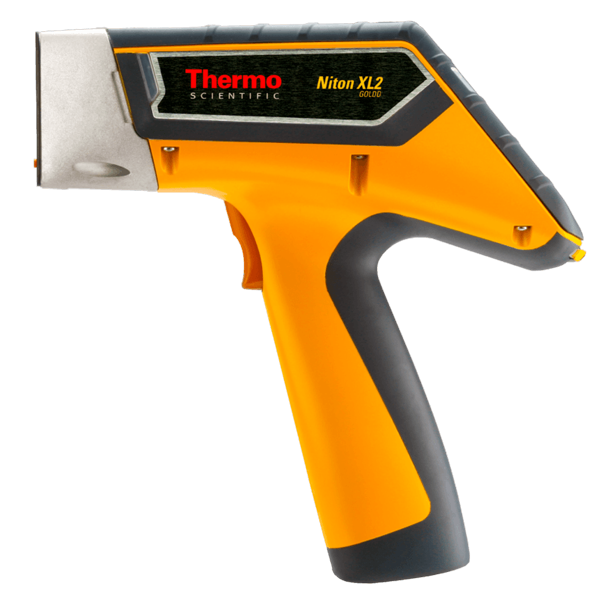
Niton XL2 Plus PXRF
This is a tough, powerful, handheld instrument for identifying metal alloys and mineral ores easily in the field. It can identify Niobium in Titanium alloys down to 200 ppm and more generally, elements from Magnesium to Uranium, down to 20 ppm in common alloys.
Applications for the Niton XL2 PLus
- Verification of metals and alloys in manufacturing operations
- Quality Assurance testing for positive material identification
- Handheld point-and-shoot sorting at scrap recycling operations
- Precious metal assay of bullion and jewellery
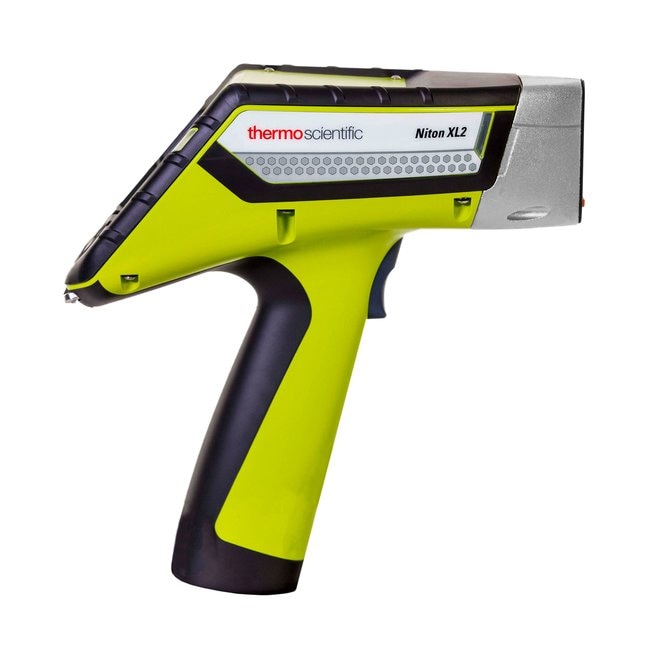
Niton XL3 PXRF
The Niton XL3 is an advanced Portable XRF analyser with sophisticated models designed for specific industry applications. A tilting, colour, touch-screen display allows easy viewing of sample results under any condition.
The optional integrated camera allows users to locate, view, and store the analysis image and the test results for later reference.
The handheld Niton XL3t GOLDD+ for light element (Mg-S) analysis offers the lowest limits of detection and fastest measurement times.
- Integrated GPS on some models
- Rapid accurate decisions on-site
- Low limits of detection
- Optimisation for light elements in some models
Applications for the Niton XL3
- Geochemical
- Mining and Exploration
- Manufacturing
- Engineering
- PMI
- Scrap Metal Recycling
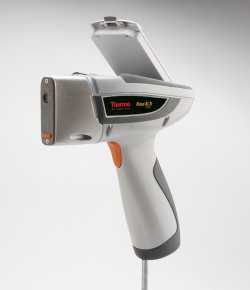
Niton XL5 PXRF
This top range model has the best limits of detection in the range, and is smaller, lighter and even more ergonomic.
The XL5 allows the x-ray source and fluorescence detector to be closer to the sample, improving limits of detection and shortening measurement time, especially for light elements.
As well as metals, the XL5 measures the elemental composition of scale, sludge, oil, powders and slurries.
- Vivid navigation; customisable user profiles
- Micro and macro cameras
- Advanced analytical performance
- Lightweight ergonomic design.
Utilise Mining Mode to gather accurate, real time geochemical data and maximise overall productivity:
Mining Mode enables users to determine the concentration of elements from Mg to U in various types of geochemical materials. Reduce overheads by implementing the Niton XL5 for cost effective oil and gas exploration, mineral discovery and mining operations.
Applications of the Niton XL5
- Alloys
- Metal Fabrication
- Scrap Metal
- Mining & Exploration
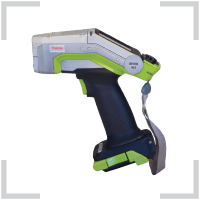
Niton DXL Portable Benchtop XRF
Niton gold spectrometers quickly provide the exact karat weight and percentages of all elements within an item – easily identifying non-standard, under-karated, and even advanced counterfeit gold with fire assay-comparable accuracy.
With an innovative colour touch-screen display and touch-screen keyboard, the DXL analyses precious metals with speed and accuracy. Its features include:
- Improved intuitive interface
- CCD Camera
- Large sample chamber with a back window for customer view
- Optional small spot for the isolation of small components
- Handles small pieces or multiple items simultaneously
- Non-destructive and simple to operate
With the Niton DXL you can:
- Simultaneously measure the content of all gold and precious metals without manually changing your calibration based on the metal you’re analysing
- Precisely determine the presence and concentration of other trace alloying elements including lead
- Eliminate the toxicity associated with nitric acid test methods
- Capture images and focus in on small areas using our integrated cameral and small spot feature (depends on model)
Key Applications for the Niton DXL
- Gold Buying
- Jewellers
- Secondhand Dealers
- Collectors
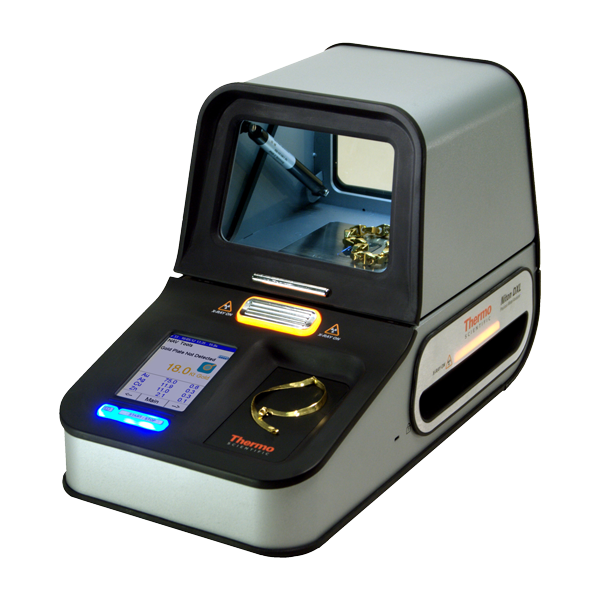
To discuss your PXRF requirements and understand which instrument is best for you, please get in touch and chat with one of our experts.
